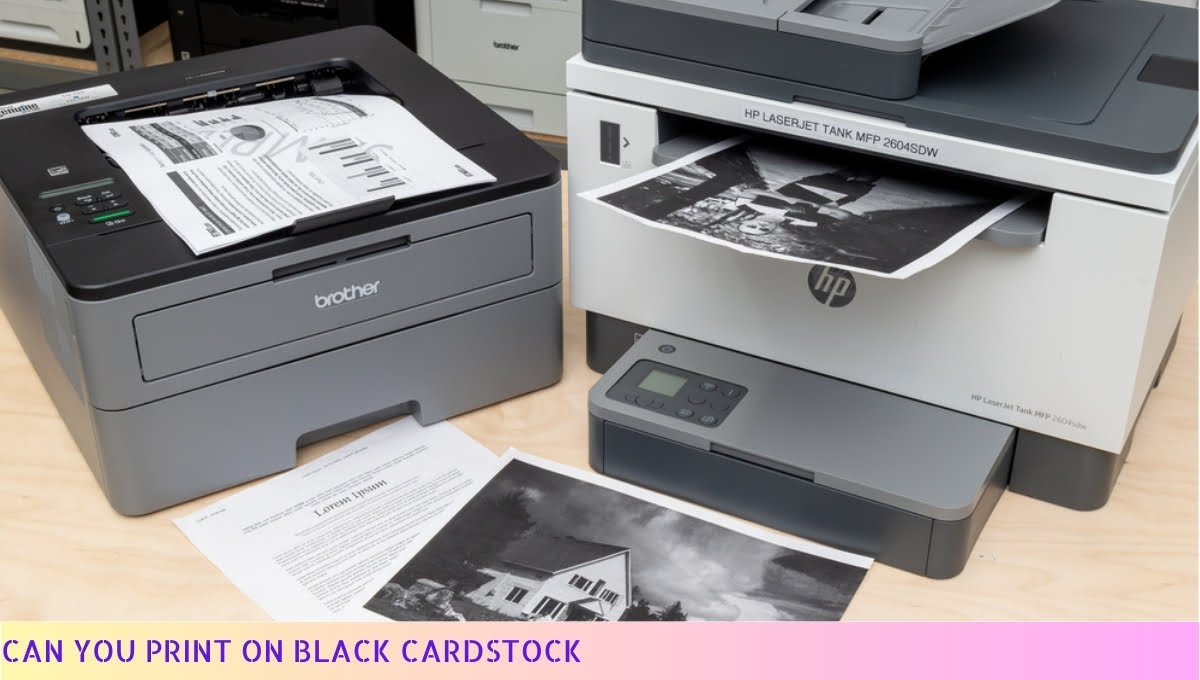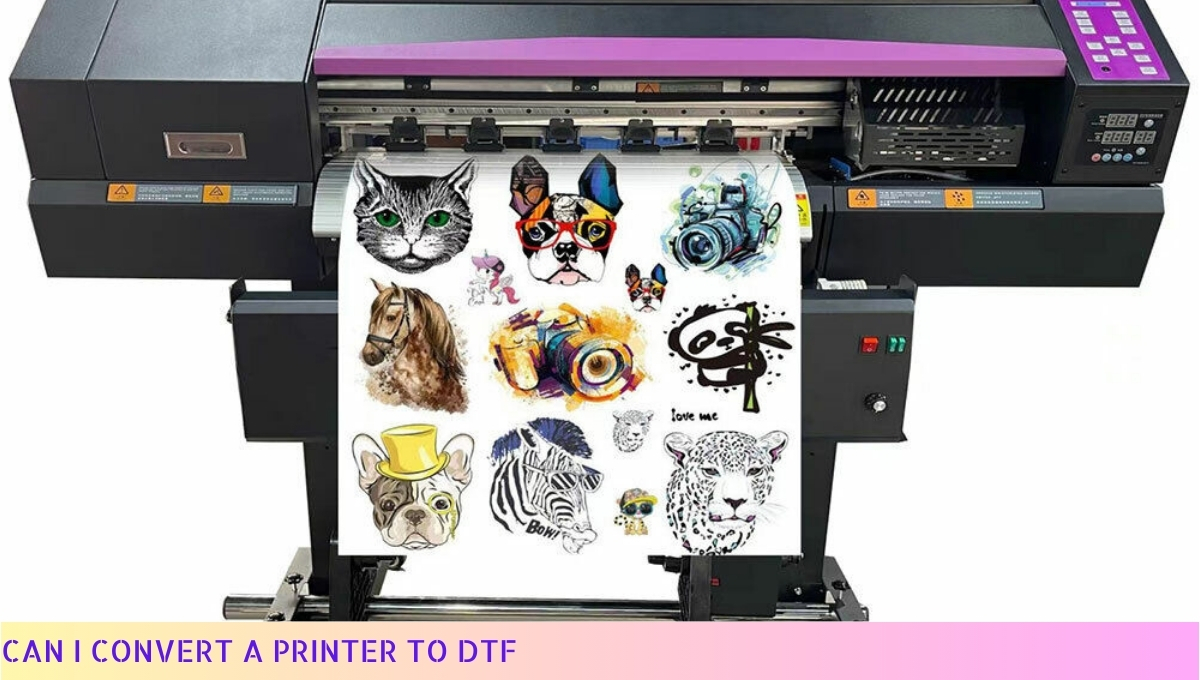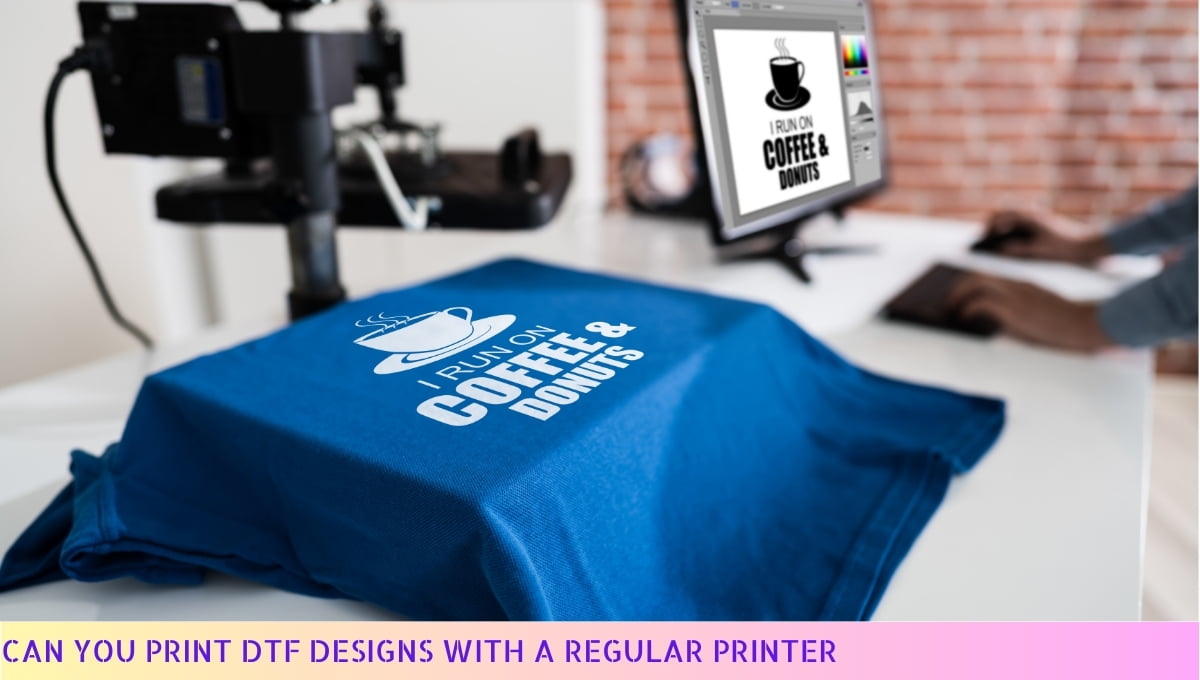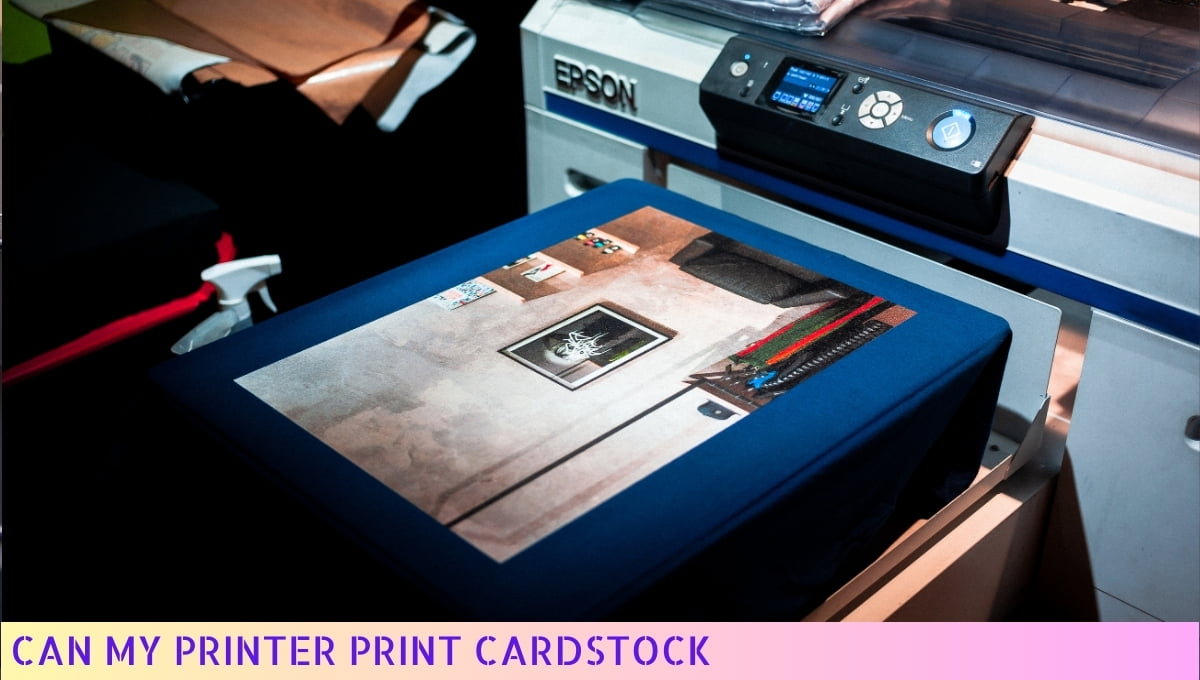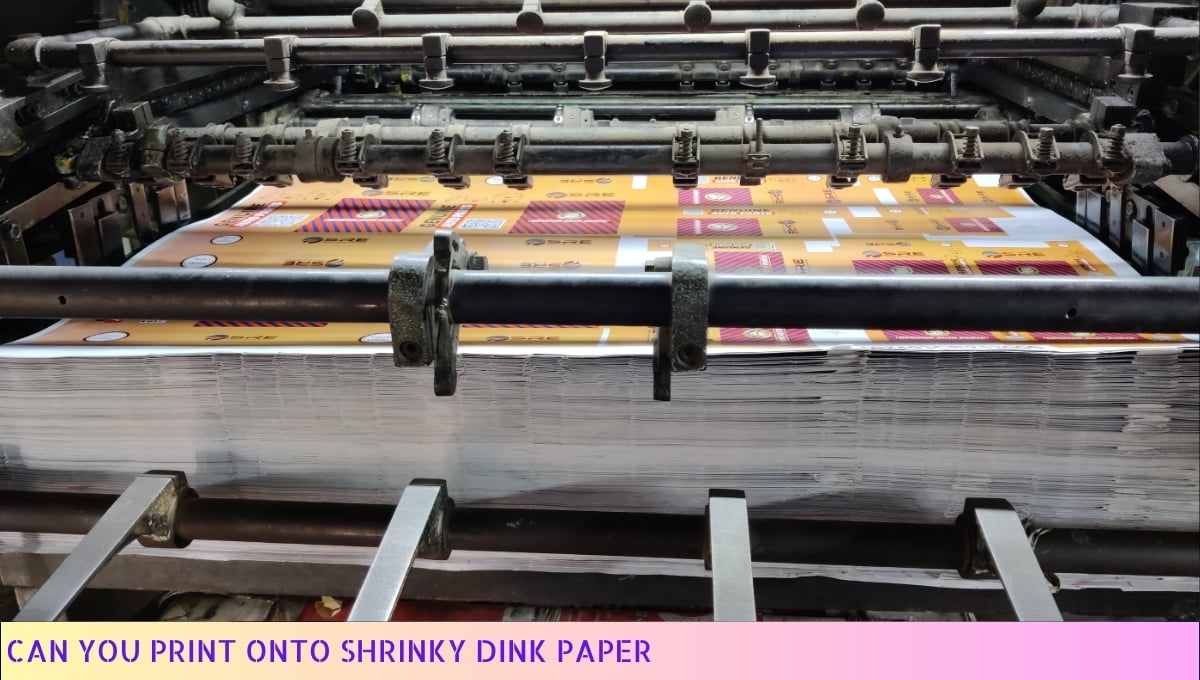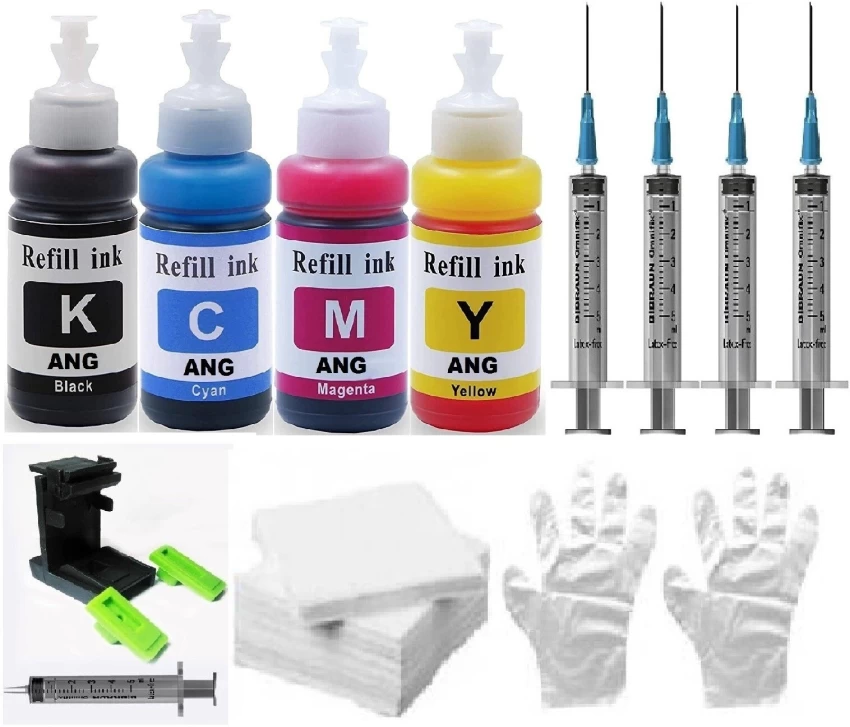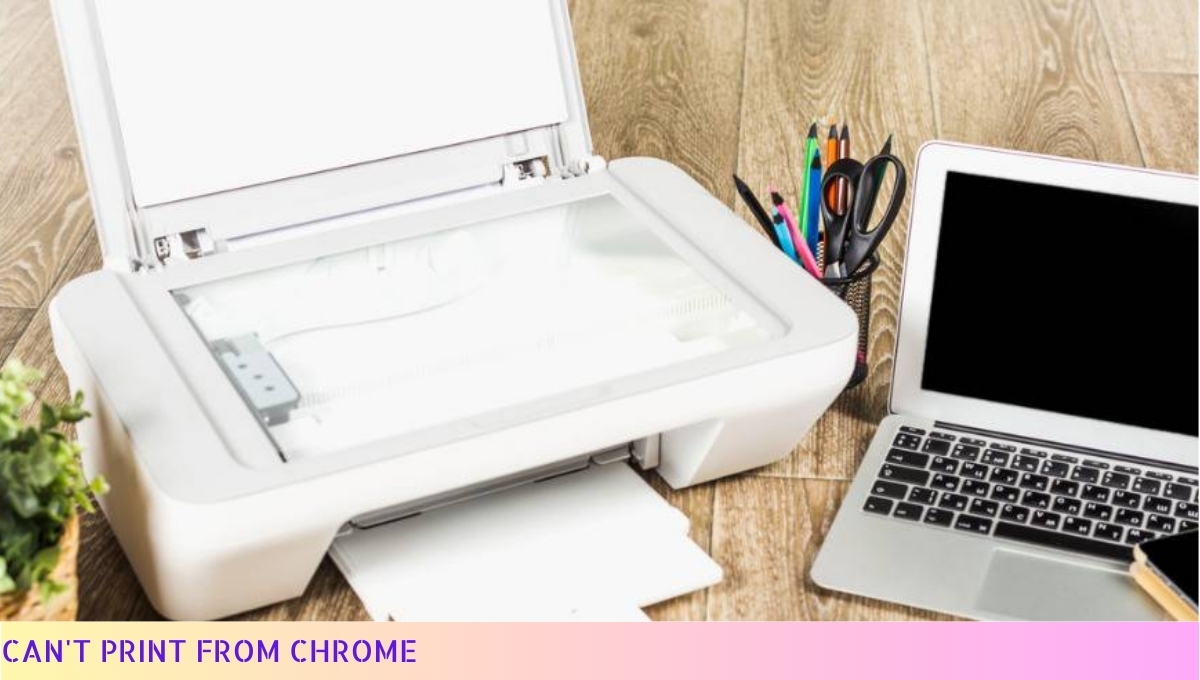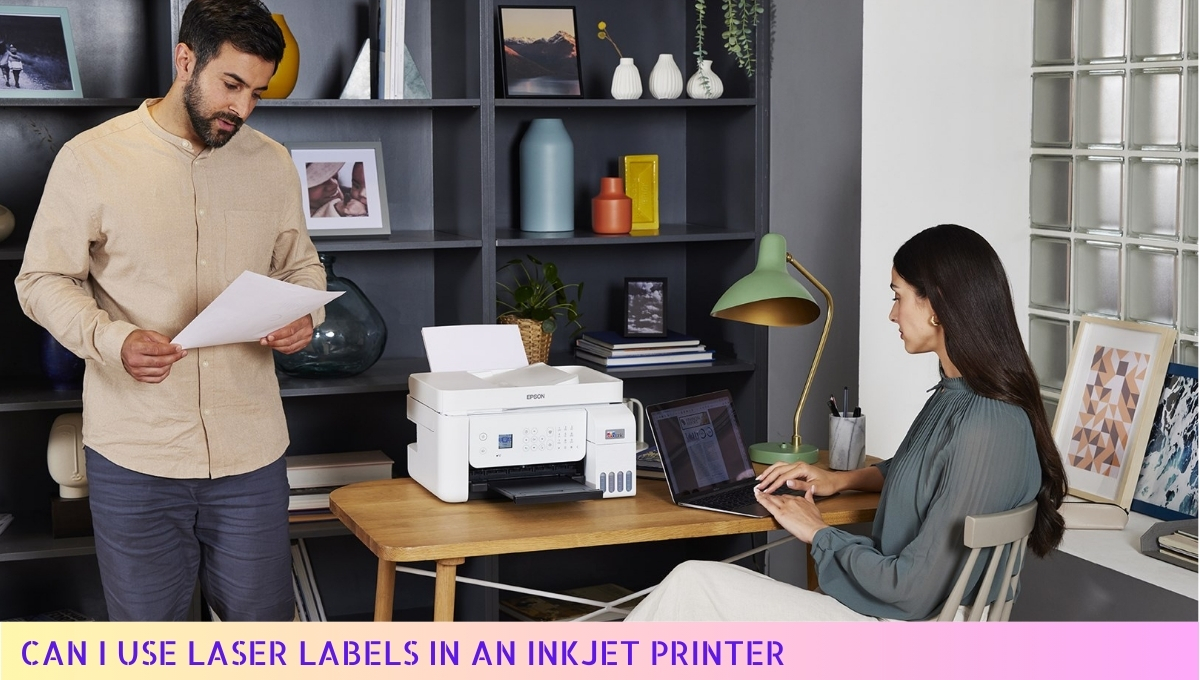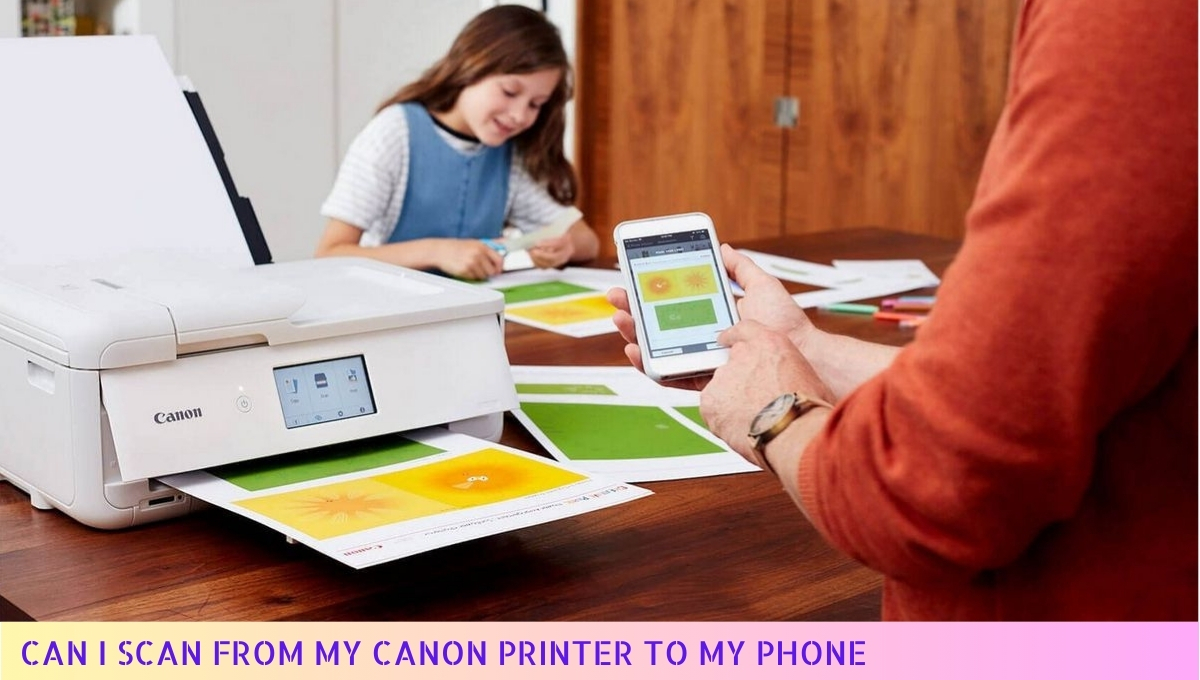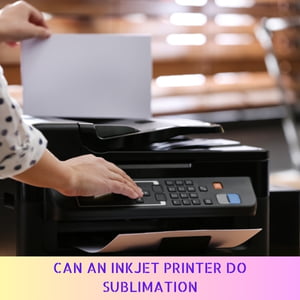Yes, you can print on card with a normal printer!
Printing on card with a normal printer? Absolutely possible! You don’t need any fancy equipment or specialized printers to get the job done. A regular printer can handle cardstock without breaking a sweat.
Whether you’re creating invitations, business cards, or personalized greeting cards, your trusty printer has got your back. So, grab your cardstock, load it into your printer, and let the creativity flow!
I. Benefits of Printing on Card with a Normal Printer
Printing on card with a normal printer has its perks. You can unleash your creativity and make personalized greeting cards, invitations, or business cards. It’s a cost-effective option that saves you a trip to the print shop.
With a normal printer, you have the flexibility to experiment with different designs, fonts, and colors. Plus, you can print on demand, which means no wasted cards or excess inventory.
So go ahead, let your imagination run wild and print on card with your trusty printer!
Now, let’s get into the nitty-gritty of what you need to consider before printing on card with a normal printer.
II. Factors to Consider Before Printing on Card with a Normal Printer
Printing on card with a normal printer can be a great way to add a personal touch to your projects. But before you dive into this endeavor, there are a few factors you need to consider.
Let’s take a closer look at what you should keep in mind:
1. Card Thickness: The thickness of the card is crucial when it comes to printing. Make sure your printer can handle the thickness of the card you plan to use. If it’s too thick, your printer may jam or produce poor quality prints.
Check the printer specifications or consult the manufacturer to ensure compatibility.
2. Printer Settings: Adjusting the printer settings is essential to achieve optimal results. Set the printer to the appropriate media type, such as “cardstock” or “heavyweight paper,” to ensure proper ink distribution and avoid smudging.
Experiment with different settings to find the best combination for your specific card and printer.
3. Ink Compatibility: Consider the type of ink your printer uses. Some printers are compatible with both dye-based and pigment-based inks, while others may only work well with one type.
Dye-based inks tend to be more vibrant, but they may smudge on certain card surfaces. Pigment-based inks are generally more durable and resistant to smudging, making them a better choice for printing on card.
4. Card Surface: The surface texture of the card can impact print quality. Smooth card surfaces tend to produce crisper prints, while textured or coated cards may result in less sharpness.
Keep this in mind when selecting your card stock, as it can affect the overall appearance of your printed materials.
5. Print Alignment: Ensure that your printer is properly aligned before printing on card. Misalignment can lead to uneven prints or even damage the printer.
Consult your printer’s manual or online resources for instructions on how to align the print heads and paper feed mechanism.
6. Testing and Prototyping: Before printing a large batch of cards, it’s wise to do a test print or create a prototype. This allows you to evaluate the print quality, colors, and overall appearance before committing to a full print run.
Adjust any necessary settings or make design changes based on the test results to ensure the best possible outcome.
By considering these factors, you can enhance your printing experience and achieve excellent results when printing on card with a normal printer.
Take the time to prepare and experiment, and you’ll be on your way to creating stunning printed materials that leave a lasting impression.
III. Tips for Printing on Card with a Normal Printer
Printing on card with a normal printer can be a bit tricky, but fear not! I’ve got some handy tips to help you get the best results. Just follow these steps, and you’ll be printing like a pro in no time.
1. Choose the right card: Not all cards are created equal, so make sure you select a card that is compatible with your printer. Look for cardstock specifically designed for printing, with a weight that your printer can handle.
2. Adjust your printer settings: Before hitting that print button, take a moment to adjust your printer settings. Set the paper type to “cardstock” or “heavyweight” to ensure the printer applies the right amount of ink and pressure for optimal results.
3. Clean your printer: Dust and debris can affect print quality, so give your printer a quick clean before printing on card. Use a soft, lint-free cloth to wipe away any dirt or residue that may have accumulated.
4. Feed the card properly: When loading the card into the printer, make sure to follow the manufacturer’s instructions. Most printers have a designated tray or slot for thicker paper, so use that instead of the regular paper tray. Align the card properly to avoid any misfeeds or jams.
5. Test print on regular paper: Before printing directly on the card, it’s always a good idea to do a test print on regular paper. This will allow you to check the layout, colors, and any adjustments that may be needed before using the precious cardstock.
6. Allow for drying time: Cardstock tends to absorb more ink, so give your prints some extra time to dry. Avoid smudging or smearing by allowing the ink to fully set before handling the printed cards.
7. Handle with care: Once your prints are dry, handle them with care to avoid any damage. Cardstock can be more delicate than regular paper, so be gentle when cutting or folding the cards.
Remember, practice makes perfect! Don’t be discouraged if your first attempts aren’t flawless. With a little patience and these tips, you’ll soon be printing stunning cards with your normal printer.
Now that you have the tips, let’s move on to explore some alternative options for printing on card.
IV. Alternative Options for Printing on Card
If you find that printing on card with a normal printer isn’t giving you the desired results, don’t fret! There are alternative options available that can help you achieve high-quality prints on cardstock.
Here are a few alternatives to consider:
1. Professional Printing Services: If you have a large volume of cards to print or if you’re looking for a more professional finish, consider outsourcing your printing needs to a professional printing service. They have specialized equipment and expertise to handle cardstock and can deliver excellent results.
2. Dedicated Cardstock Printers: Another option is to invest in a dedicated cardstock printer. These printers are specifically designed to handle thicker materials like cardstock and offer superior print quality.
While they may be more expensive than regular printers, they can be a worthwhile investment if you frequently print on cardstock.
3. All-in-One Printers with Cardstock Support: Some all-in-one printers have the capability to handle cardstock. These printers offer the convenience of performing multiple functions like printing, scanning, and copying, while also being able to handle thicker paper.
Check the specifications of your printer to see if it supports cardstock printing.
4. Adjusting Printer Settings: If you’re determined to use your regular printer for cardstock printing, you can try adjusting the printer settings to optimize the print quality.
Experiment with different settings such as paper type, print quality, and paper thickness to see if you can achieve better results.
5. Pre-cut Cardstock Sheets: If your printer struggles with feeding cardstock properly, consider using pre-cut cardstock sheets that are specifically designed to fit standard printer sizes.
These sheets are easier for printers to handle and can ensure a smoother printing process.
Remember, each option has its pros and cons, so it’s important to consider your specific needs and budget before making a decision.
Whether you choose to outsource your printing, invest in a dedicated cardstock printer, or optimize your current printer settings, there are solutions available to help you achieve professional-looking prints on cardstock.
Can You Print On Card With A Normal Printer – FAQs
1. Can you print on card with a normal printer?
Yes, you can print on card with a normal printer, but it depends on the thickness and type of card. Most standard printers are designed to handle paper up to a certain weight, so it’s important to check the printer specifications to ensure it can handle cardstock.
2. What type of card can be printed on a normal printer?
A normal printer can typically handle printing on various types of cardstock, including matte, glossy, and textured card. However, it’s essential to consider the thickness of the card, as thicker cardstock may not be compatible with all printers.
3. How do I know if my printer can handle cardstock?
You can usually find information about your printer’s cardstock compatibility in the user manual or on the manufacturer’s website. Look for specifications such as the maximum paper weight or thickness the printer can handle. If you’re unsure, it’s best to consult the printer manufacturer directly.
4. What is the maximum thickness of card that a normal printer can handle?
The maximum thickness of card that a normal printer can handle varies depending on the printer model. Some printers can handle cardstock up to 110 lb (200 gsm), while others may have a lower limit. Check your printer’s specifications to determine the maximum thickness it can handle.
5. Can I use any size of card in a normal printer?
Most normal printers can handle standard card sizes, such as letter (8.5″ x 11″) and legal (8.5″ x 14″). However, if you plan to print on larger or custom-sized cards, you may need a printer with a wider paper path or a manual feed option.
6. Do I need any special settings to print on cardstock?
Printing on cardstock may require adjusting certain settings on your printer. It’s recommended to select the appropriate paper type setting, which can usually be found in the printer’s print settings or preferences. Additionally, you may need to adjust the paper thickness setting to ensure proper ink adhesion.
7. Can I print full-color designs on cardstock using a normal printer?
Yes, you can print full-color designs on cardstock using a normal printer. Most printers support color printing, allowing you to create vibrant and detailed designs on your cardstock. However, it’s important to use high-quality images and ensure your printer’s ink cartridges are properly calibrated for accurate color reproduction.
8. Are there any limitations to printing on cardstock with a normal printer?
While normal printers can handle cardstock, there may be some limitations to consider. For instance, extremely thick or rigid cardstock may cause paper jams or damage the printer. Additionally, some printers may have restrictions on the printable area, so it’s important to adjust your design accordingly.
9. Can I print double-sided on cardstock using a normal printer?
Many normal printers offer duplex (double-sided) printing capabilities, allowing you to print on both sides of the cardstock. However, it’s crucial to check your printer’s specifications to confirm if it supports duplex printing and whether it’s compatible with cardstock.
10. What are some tips for achieving the best print quality on cardstock?
To achieve the best print quality on cardstock, consider the following tips:
Ensure your printer is set to the appropriate paper type and thickness settings.
Use high-resolution images or graphics for sharp and clear prints.
Make sure your ink cartridges are properly calibrated and have enough ink.
Allow sufficient drying time for the ink to set on the cardstock.
Avoid touching the printed surface immediately after printing to prevent smudging.
Wrapping Up
Alrighty then, let’s wrap this up with a bang! So, can you print on card with a normal printer? The answer is a resounding YES!
With the right know-how and a little bit of patience, you can unleash your creativity and print on cardstock using your trusty ol’ printer. Just make sure to adjust your printer settings, choose the right paper type, and voila!
You’ll have stunning, professional-looking prints in no time. So go ahead, let your imagination run wild and get ready to impress everyone with your card-making skills. Happy printing, my friend!


